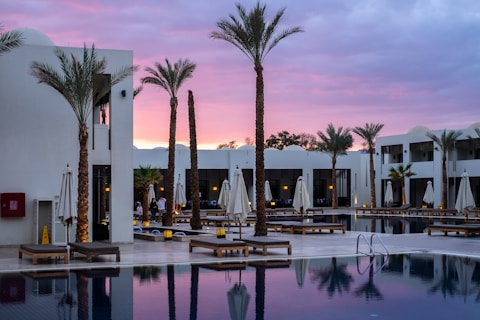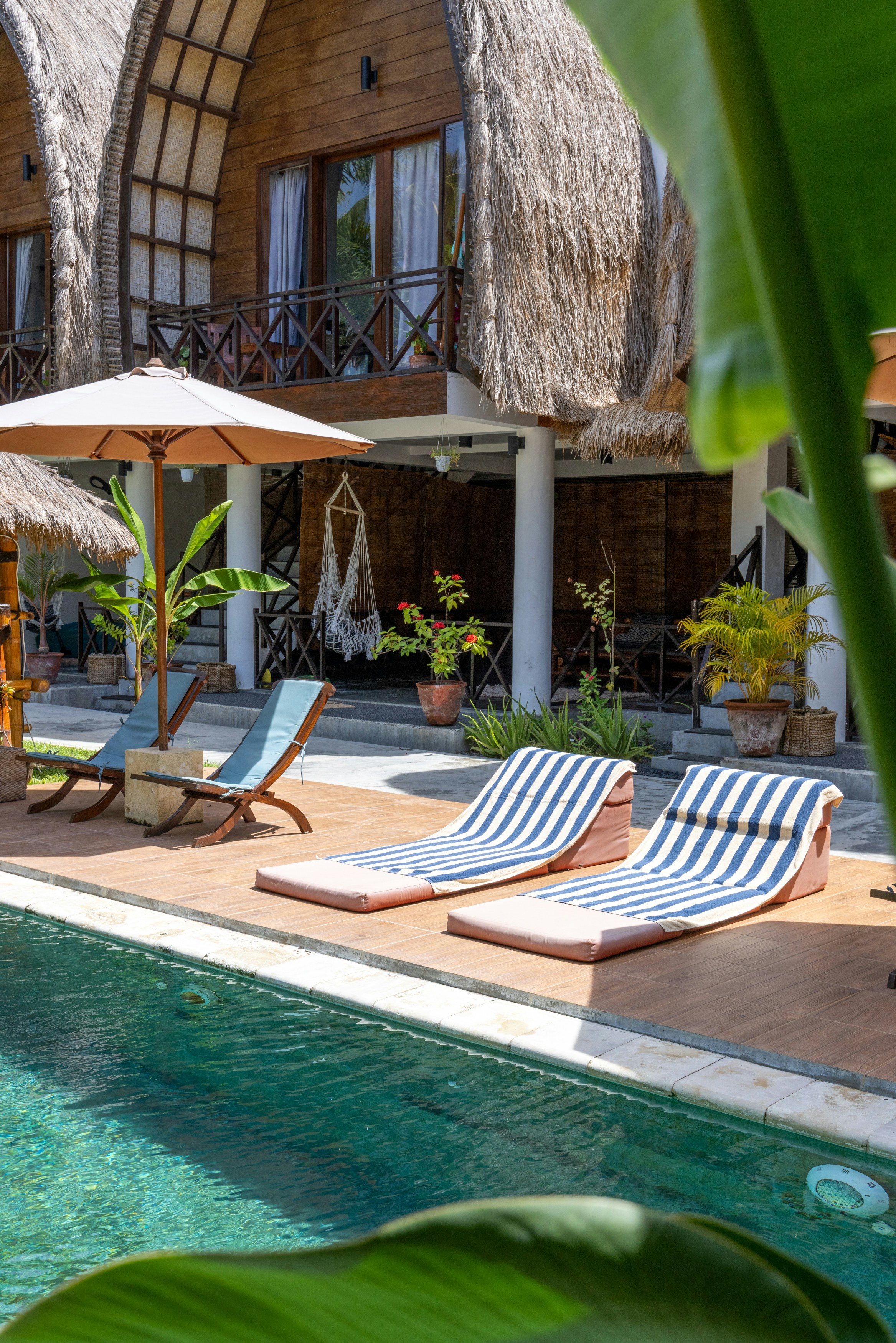Banganga Tank
Banganga Tank things to do, attractions, restaurants, events info and trip planning
Description
cultural
family friendly
The Banganga Tank is a temple tank which is part of the Hindu Walkeshwar Temple complex in the Malabar Hill area of the city of Mumbai, India.
attractions: Banganga Tank, Babu Amichand Panalal Adishwarji Jain Temple, Shri Walkeshwar Temple, Mumbai, Banganga Lake, Bunker Museum, restaurants: Dakshinayan, Saraswati Hindu Hotel, Vinod bhelpuri house, Ramakant Hindu Hotel, Snack's Time, Krussty Dough, THE CHAOTIC KITCHEN CO., Monpara NX, THE CHEESE GRILL HUB, Samosa Adda
Ratings
Description
The Banganga Tank is a temple tank which is part of the Hindu Walkeshwar Temple complex in the Malabar Hill area of the city of Mumbai, India.
Plan your stay
Posts
Banganga, Walkeshwar, Mumbai, Maharashtra Banganga, Walkeshwar, Mumbai, Maharashtra The Tank was built in the 1127 AD, by Lakshman Prabhu, a minister in the court of Silhara dynasty kings of Thane. It was rebuilt in 1715 AD, out of a donation for the Walkeshwar Temple by Rama Kamath. The main temple, has been reconstructed since then and is at present a reinforced concrete structure of recent construction. According to local legend, it sprang forth when the Lord Ram, the exiled hero of the epic Ramayana, stopped at the spot in search of his kidnapped wife Sita. As the legend goes, overcome with fatigue and thirst, Rama asked his brother Lakshmana to bring him some water. Laxman instantly shot an arrow into the ground, and water gushed forth from the ground, creating a tributary of the Ganges, which flows over a thousand miles away, hence its name, Banganga, the Ganga created on a baan (arrow). Legend relates Lord Rama and Lakshmana to the origin of Walkeshwar temple too. It is said that the Shiva Linga here was installed by Lord Rama after waiting too long for his brother Lakshmana who went to Benares to bring a Shiva Linga. It is believed that the original Shiva Linga was made by sand and the name Walkeshwar corresponds to that-Valuka Ishwar (idol made of sand). The Banganga also houses the 'Shri Kashi Math' and 'Shri Kaivalya or Kavale Math' of the Goud Saraswat Brahmins at its banks and samadhis of their various past heads of the Math. The area also has a Hindu cremation ground which after 2003, received a makeover to house a Gas crematorium. The area still has an old Hindu cemetery consisting of samadhi shrines of various Advaita gurus, such as Sri Siddharameshwar Maharaj (1888–1936) and his disciple, Sri Ranjit Maharaj (1913–2000) The tank today is a rectangular pool structure surrounded by steps on all four sides. At the entrance are two pillars in which oil lamps called diyas were lit in ancient times. The tank, as well as the main Walkeshwar Temple and the Parshuram Temple belong to the Goud Saraswat Temple Trust, which once owned most of the property in the complex. Many Goud Saraswat Brahmin families (Rege, Anaokar, Mulgaonkar, Kenkre, Sakhardande, Sukthankar, Keni, Marudkar, Naik, Wartikar, Warerkar, Bidikar, Bhende, Prabhavalkar, Pagnis) used to reside / still reside in the Temple Trust buildings in the complex. The tank is spring fed and so its water remains sweet, despite being located only a few dozen meters away from the sea. Apart from being a cultural hub, the place over the years has provided inspiration to many artists, be it on film or on canvas. This structure is one of the holiest sites in Mumbai and one among the few surviving historical spots in the otherwise concrete jungle. As the water in the tank is regarded as the subsidiary of Holy Ganges, it is considered scared and is trusted to have healing powers. However, despite being located 1.5 kilometres from the city, it is overlooked by many tourists. Photos by Viswas Menon (c) Viswas Menon Write up compiled by Viswas Menon
Viswas K.P MenonViswas K.P Menon
50
It was an intriguing journey that commenced at Grant Road Railway Station. I embarked on a bus to Malabar Hills, and from there, a leisurely walk of approximately 15-20 minutes brought me to this remarkable site. The moment I set foot within its precincts, I was instantly captivated by the ambiance that exuded an unmistakable Banaras-like charm. Banganga is an enclave steeped in spiritual significance, graced by the presence of numerous temples in its immediate vicinity. However, it is with a tinge of regret that I must admit the cleanliness of the place left much to be desired. Despite the sacred rituals performed by devotees along its banks, the disposal of flowers and other residues into the waters appeared to mar its pristine beauty. Interestingly, there was a designated bin for Nirmalya, yet it seemed underutilized. One of the most poignant aspects of Banganga is the presence of a pinda tucked away in a corner, a poignant reminder of the rituals and traditions that have endured for generations. The continuous flow of water from this source lends an aura of tranquility to the surroundings, inviting visitors to pause and reflect. It is a place that resonates with spiritual energy and historical significance. While the issue of cleanliness is a concern, the site itself possesses an undeniable aura of peace and reverence. It serves as a reminder of our cultural heritage and the timeless rituals that continue to connect us with our past. A visit to Banganga is an opportunity to immerse oneself in the rich tapestry of Indian spirituality and tradition, despite the challenges it faces in maintaining its pristine state.
Atharva BandarkarAtharva Bandarkar
50
The Banganga Tank, an emblem of Mumbai's deep-rooted history, dates back to around 1127 AD. Tradition tells us that the tank was constructed under the patronage of the Silhara dynasty. It is said that the main spring at Banganga was created by an arrow shot by Lord Rama, giving it a connection to the epic Ramayana. Over time, the area around Banganga, including the Walkeshwar Temple, flourished as a significant spiritual and cultural hub. However, my recent visit presented a stark contrast to its illustrious past. While journeying with family, we found ourselves lost, missing the Walkeshwar Temple due to the regrettable absence of clear signages. The narrow, winding streets, a nod to yesteryears, inadvertently led us to park near the Banganga, a decision fraught with complications. A word of advice for future travelers: scout for designated parking areas in advance. Today's Banganga, despite bearing the weight of its historic importance, is encircled by infrastructure that seems neglected. Similarly, the nearby Walkeshwar Temple appears to be grappling with managerial challenges. It's troubling to witness an apparent decline in the commitment to preserve such invaluable relics of our past. The inertia exhibited by local and governmental bodies only compounds the sadness. As an individual deeply vested in history, I fervently hope that these ancient landmarks soon receive the stewardship and reverence they so rightfully deserve.
Arun SharmaArun Sharma
90
Banganga MahaAarti on Kartik Poornima Banganga, Walkeshwar 🪷Kartik Poornima or Tripuri Poornima It is on the day of Tripuri Poornima that Lord Shiva killed Tripurasura who had defeated the gods conquered the world and built three cities - tripura. The day is also celebrated as Dev Deepavali in many parts of the country owing to the fact that the gods were over-joyed by the defeat of the Asura, they decide to celebrate their extended Deepavali. 🪷Banganga and Walkeshwar Shiv Linga The Term Walkeshwar comes from 2 different terms “walu” meaning sand and “ishwar” god. Lord Ram took a halt there before he headed to Lanka to rescue Maa Sita. He was advised to worship Lord Shiva and hence asked Laxman to get a Shivling but since that took a lot of time Lord Ram built a Shiv Linga with sand and worshiped it. Hence the name Walkeshwar. As Lord Ram took a halt, he wanted fresh water to bathe the Shiv Linga and therefore Laxman hit an arrow also known as a “Ban” and then freshwater came in, hence the name "Banganga." The freshwater is a miracle as the sea lies in only a few dozen metres. 🪷GSB Temple Trust @bangangamahaaarti The GSB Temple Trust owns and manages Shri Walkeshwar Temple as well as the holy Banaganga Tank So next time you are in South Mumbai, make a point to visit the Kashi of Mumbai City - Walkeshwar and witness the miracle pond - Banganga!
Devendra PaiDevendra Pai
80
It's not a popular place but it's believed that there are 108 temples in malabar hill side. Mini varanasi style . Walkeshwar temple stands near Banganga Tank at the tip of Malabar Hill. The hill where the temple is situated is lying to south-west of Mumbai. The temple is regarded as one of the oldest on the island. The Sanskrit legend ‘Walkeshwar Mahatmya’ contains some account of the temple and Mumbadevi temple. The name Walkeshwar is derived from two words namely ‘Waluka’(sand) and Ishwar (God) or the God made of sand. Legend has it that Rama and Lakshmana during their expedition from Ayodhya to Lanka to subdue Ravana halted at the hill where the temple is now situated. Rama had taken a vow to worship Shiva Linga every day and this was brought from Benares daily by Lakshmana. On that day Lakshmana was late and Rama was obliged to make one. He made one on the spot and the Linga thus made was known as ”Walukeshwar’ or ‘Walkeshwar’. To quench his thirst Rama shot an arrow (Baan) into the ground and a fresh water tributary of Ganga sprouted from underneath. The present temple is said to have been built more than 250 years back by one Ramaji Kamat, a Shenvi, a sub-sect of Gowda Saraswat Brahmins.He was in British Government service and was employed as Head of native troops. The temple and the tank is managed by Gowda Saraswat Brahmin Temple Trust.
Aishwarya MehendaleAishwarya Mehendale
30
The first thing that strikes you when you visit Banganga is its calmness and peaceful atmosphere. The water tank is surrounded by tall trees and lush greenery, making it a perfect place for a quiet escape from the hustle and bustle of the city. The architecture and design of Banganga are impressive and speak volumes about its rich history. The tank is surrounded by beautifully carved steps, temples, and shrines. The temples and shrines are dedicated to various Hindu deities, and you can see many devotees offering their prayers and performing rituals. One of the best things about Banganga is the spiritual energy that one feels while being there. Whether you are a religious person or not, the peaceful and serene environment can make you feel calm and relaxed. Apart from the spiritual and historical significance, Banganga also offers a beautiful view of the Mumbai skyline. The view from the top of the steps is breathtaking and a great spot for photography enthusiasts. Must-visit place in Mumbai, especially for those interested in history, architecture, and spirituality. The place has a unique charm and character that is hard to find in the busy city life of Mumbai.
Harshad JadhavHarshad Jadhav
30
Nearby Attractions Of Banganga Tank
Banganga Tank
Babu Amichand Panalal Adishwarji Jain Temple
Shri Walkeshwar Temple, Mumbai
Banganga Lake
Bunker Museum

Banganga Tank
4.2
(2.4K)Click for details

Babu Amichand Panalal Adishwarji Jain Temple
4.8
(864)Click for details

Shri Walkeshwar Temple, Mumbai
4.5
(572)Click for details

Banganga Lake
4.4
(213)Click for details
Nearby Restaurants Of Banganga Tank
Dakshinayan
Saraswati Hindu Hotel
Vinod bhelpuri house
Ramakant Hindu Hotel
Snack's Time
Krussty Dough
THE CHAOTIC KITCHEN CO.
Monpara NX
THE CHEESE GRILL HUB
Samosa Adda

Dakshinayan
4.3
(965)Click for details

Saraswati Hindu Hotel
3.7
(98)Click for details

Vinod bhelpuri house
4.1
(49)Click for details

Ramakant Hindu Hotel
3.7
(51)Click for details
Reviews
- Unable to get your location





